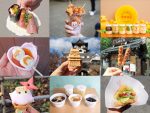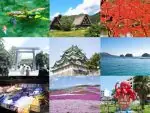Ise Jingu visit to go again. (Geku edition)
Table of Contents
Visiting the Outer Shrine.

There are two entrances to the Geku: the Omotesando entrance and the Kita-gomon entrance. (The photo is the first torii gate)
Let's start from Geku.
Here is one point that you should be careful about! The center of the approach is considered to be the path for the gods, so it is basically taboo to walk in the center. The outer shrine is left-handed, and the inner shrine is right-handed, so be careful when walking.

Then, stop in front of the torii and bow once before proceeding.
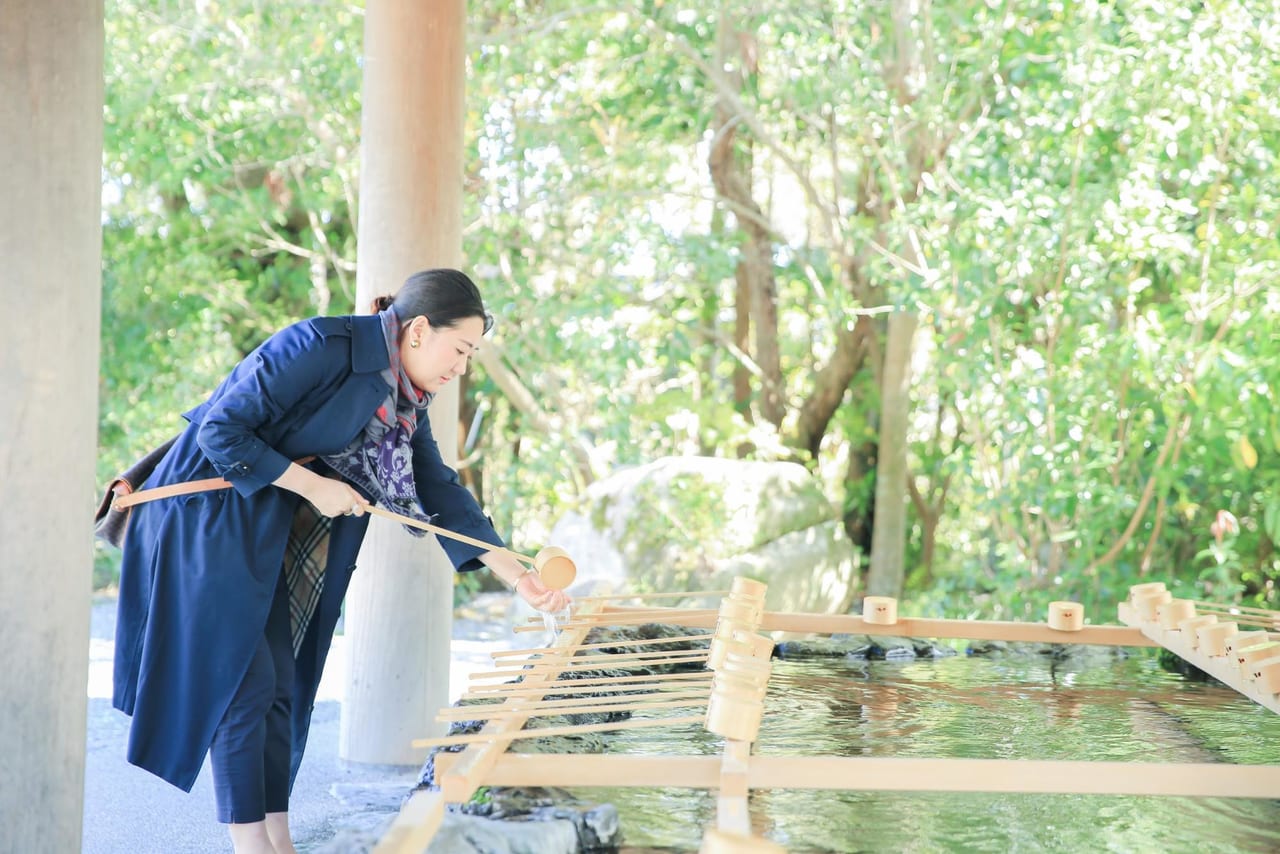
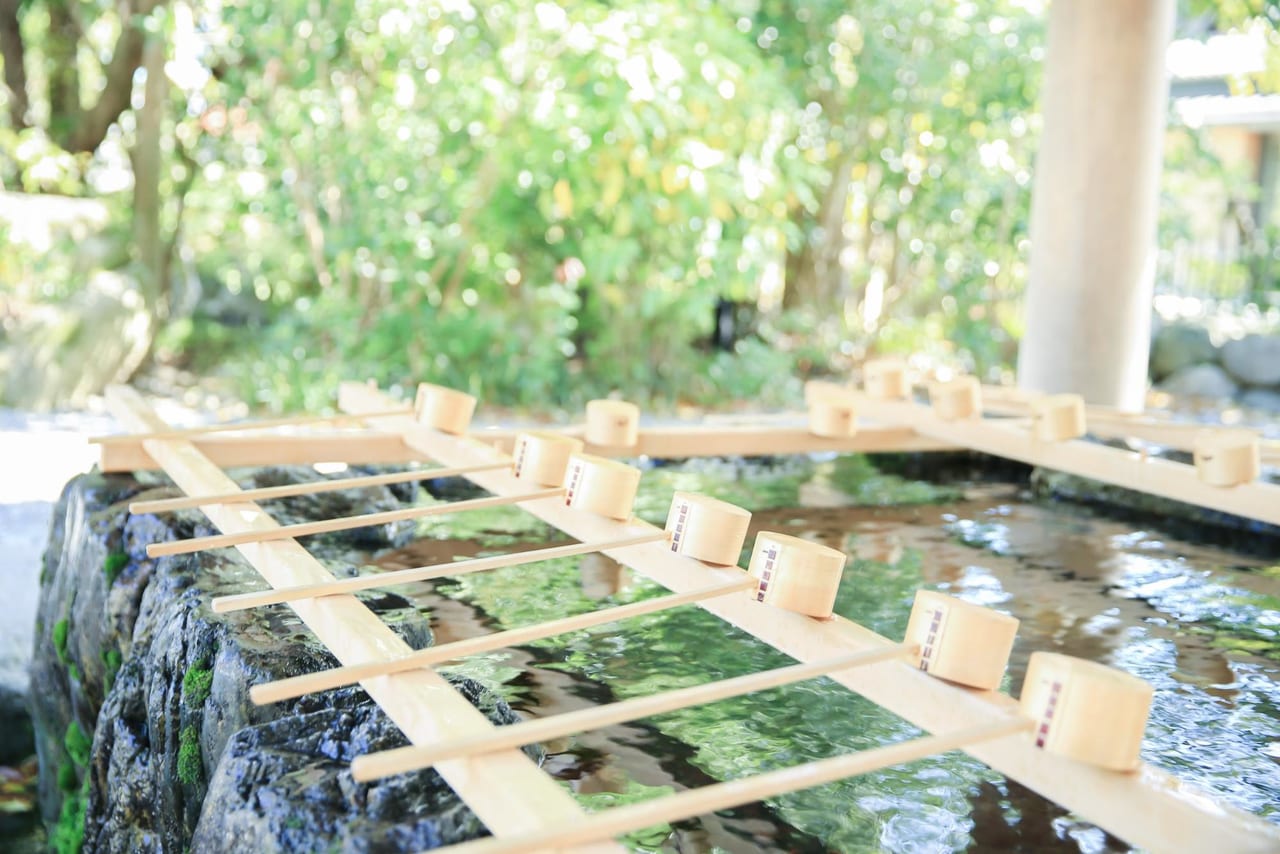
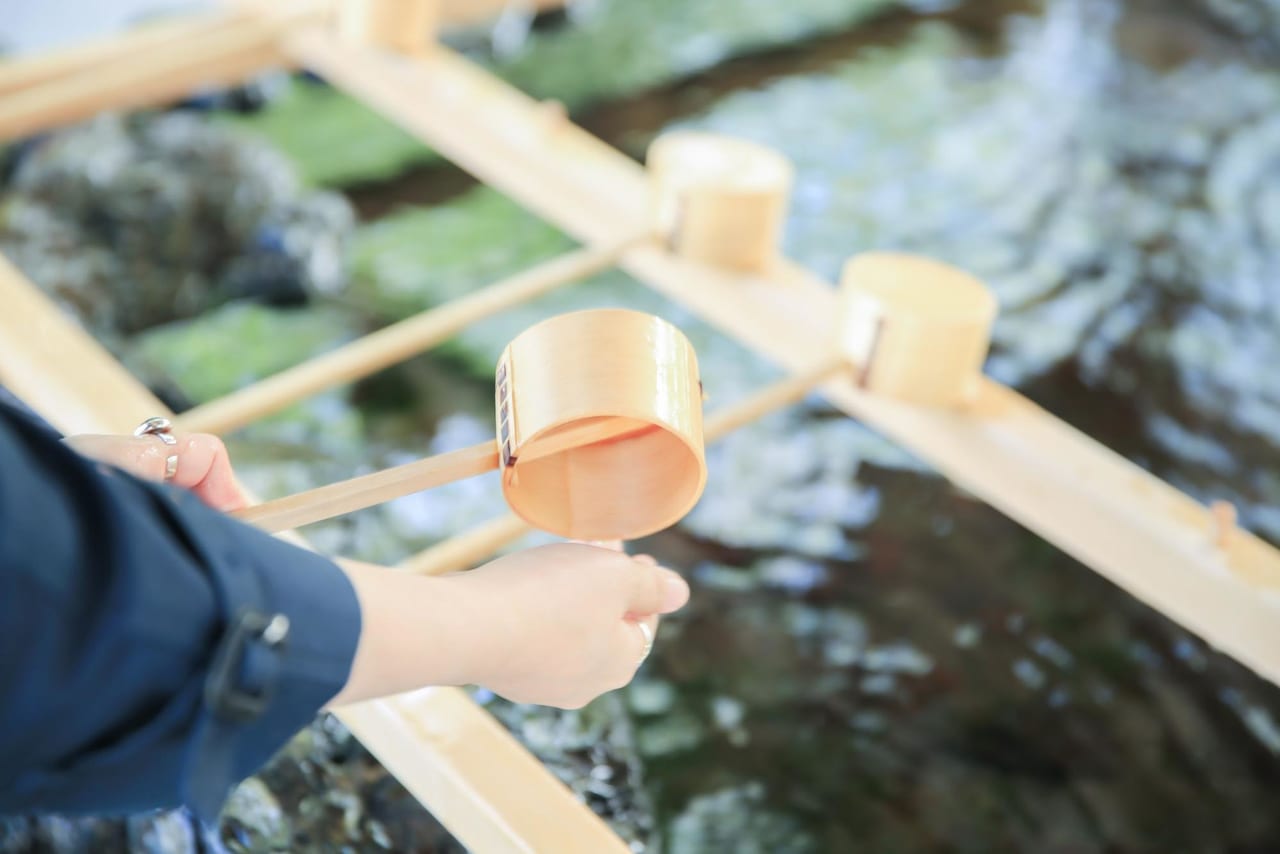
Before praying at the main shrine, be sure to purify your hands and mouth at the Chozuya. Washing and purifying your hands and mouth is a simplified form of misogi (purification ceremony), so you should visit the shrine with a clean and fresh mind and body.
<Etiquette of Chozuya>
(1) Hold the ladle with your right hand and scoop water to cleanse your left hand.
②Put the ladle in your left hand and cleanse your right hand.
③ Switch the ladle to your right hand and rinse the mouth with water with your left hand.
④Purify your left hand again.
⑤ Hold the ladle vertically, wash and purify the handle of the ladle, and put it back.

Speaking of shrines, many people think of drawing omikuji (fortune-telling), but Ise Jingu does not have omikuji. The reason for this is that it is said that the day you visit Ise Jingu is auspicious day for everyone. In the Edo period, anyone who was able to make a pilgrimage to Ise would be lucky, as it was a place that was admired as "a once-in-a-lifetime visit to Ise".
In addition, the benefits and effects of amulets and sacred cards are said to last one year at most temples and shrines, but the effects of Ise Jingu amulets do not have an expiration date.

Next to the Shogu is a place called Kodenchi, where the buildings are replaced every 20 years during the Shikinen Sengu ceremony. At the Jingu shrine in Ise, the "Shikinen Sengu" event is held every 20 years to rebuild the main building of the shrine.
At Ise Jingu, instead of demolishing the shrine building and rebuilding after clearing the land, a new shrine building is built next to the current building. This is called "sengu".

Do you know that there is a small hut in the back of Kodenchi? This hut is said to be the site of the former main shrine. Therefore, at the time of the next Sengu, the new main hall will be built on top of this "small hut".
Normally, the general public is not allowed to enter and worship, but after the "Sengyo-no-gi'' of Shikinen Sengu, it is called "Kodenchi visit'' for about six months. During the period, it will be possible to see it up close.

Finally, I came to the main shrine. About 1,500 years ago, Toyouke-no-Omikami, who is enshrined in the main shrine, was welcomed to the current location from Tanba Province as the miketsukami, the food goddess of Amaterasu Omikami.
You can take pictures up to this point, but at the Mikeden in the back, the ritual of offering food to the gods called Shinsen has been held twice a day in the morning and evening for 1,500 years.
This is amazing when you think about it.
By the way, the main shrine (as well as the inner shrine) is a place to express gratitude to the gods, so personal requests are prohibited. Therefore, offering money is also prohibited.

After thanking the main shrine, let's go to "Betsugu" (separate shrines). This is Taganomiya, where the Aramitama of Toyouke-no-Omikami is enshrined. It ranks first among the four shrines belonging to Geku. The scale of the shrine is also larger than other separate shrines, and it is the second largest after the main shrine.

There are also unknown power spots near Taganomiya. Because it looks like a sleeping Jizo-sama, it is popularly called "Nejizo-seki" or "Jizo-seki".
It is easy to overlook and pass by it, so please gently stroke it when you find it.

Tsuchinomiya

Kazenomiya
After visiting Taganomiya, go down the stairs and visit Tsuchinomiya and Kazenomiya. The order of worship is "from Tsuchinomiya to Kazenomiya" if you want to put your feet on the ground and ride the tailwind.
If you want to remove all unnecessary things with the power of the wind and put down roots firmly in clean soil, visit in the order of "Kazenomiya to Tsuchinomiya".
There are other power spots in Geku, so if you have time, please take the time to visit them! You can go around the main shrine in about 30 minutes. This time, I introduced “Geku”. Next time, I will introduce "Naiku".



![[Tokai Area] Shrines and Temples](https://life-designs.jp/wp/wp-content/uploads/2022/03/4b6784b9a0a6f408160ee9c32a307138-1024x580.png)
![[Nagoya] Find the Great Green Buddha, Sleeping Benten, and Japan's No.1 Wooden Drum at Toganji Temple](https://life-designs.jp/wp/wp-content/uploads/2021/03/image22-13-700x467.jpg)
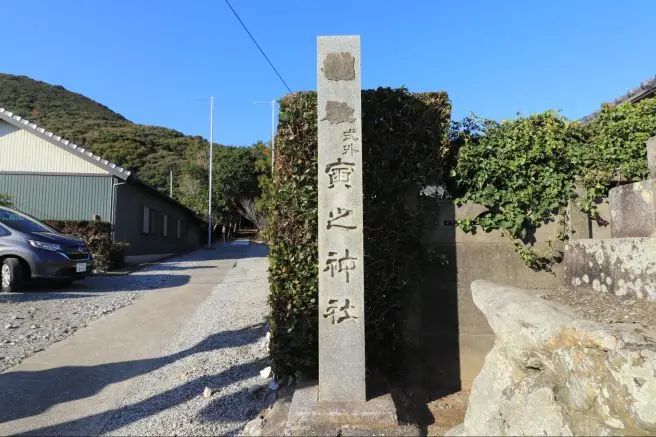
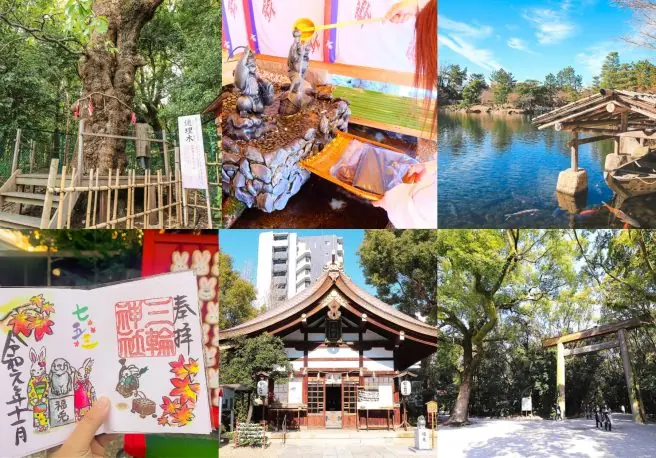
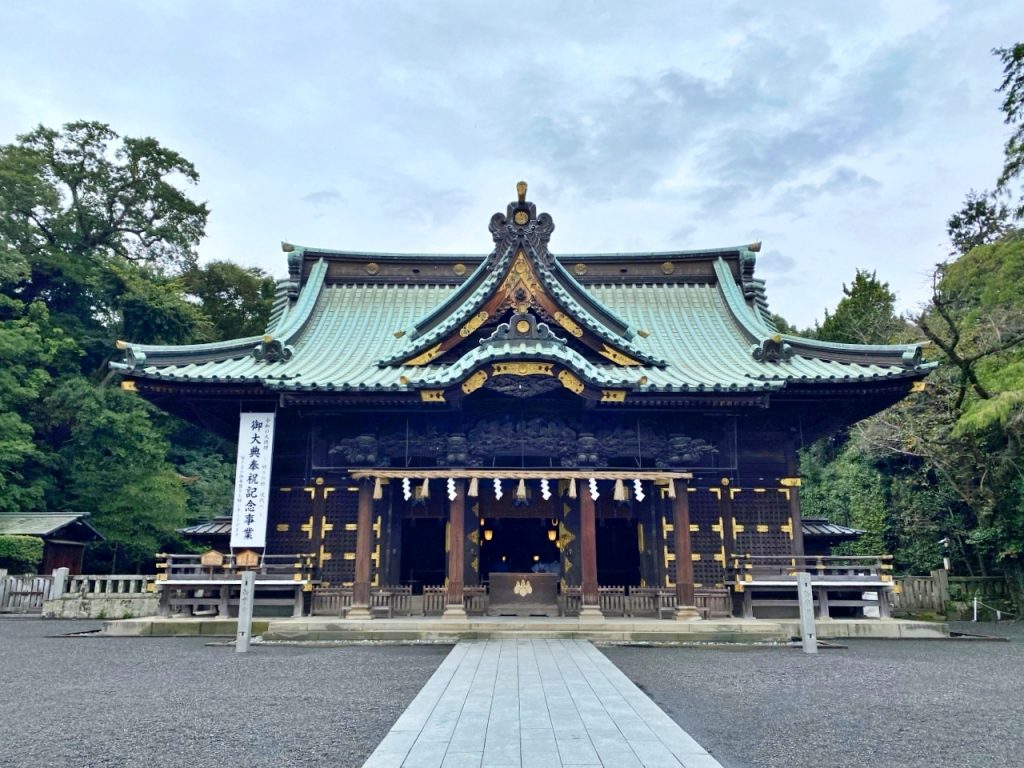

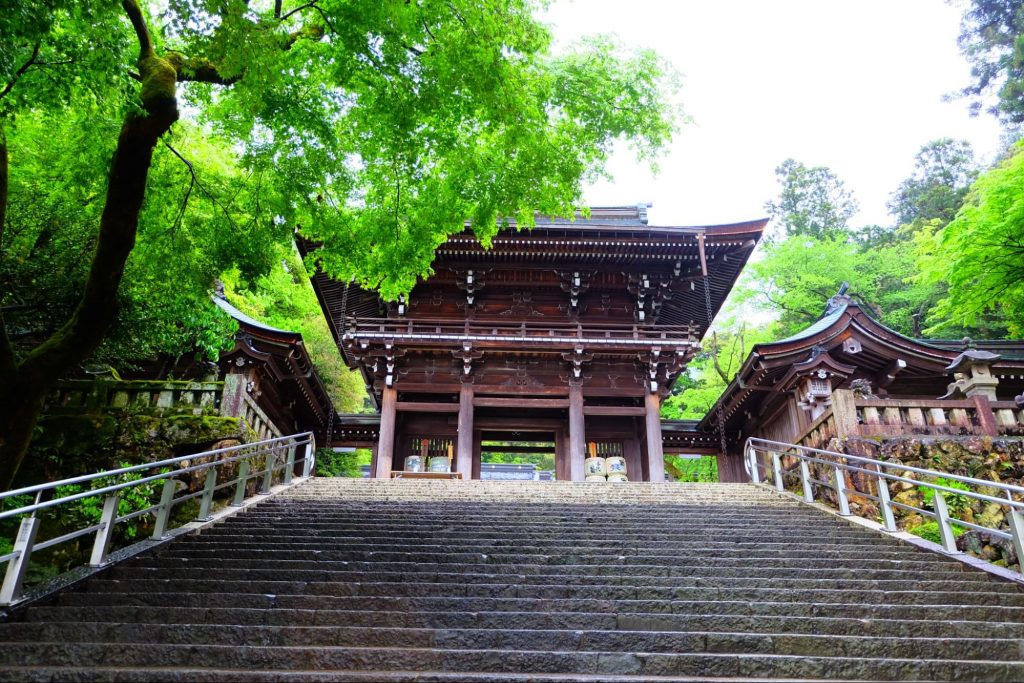
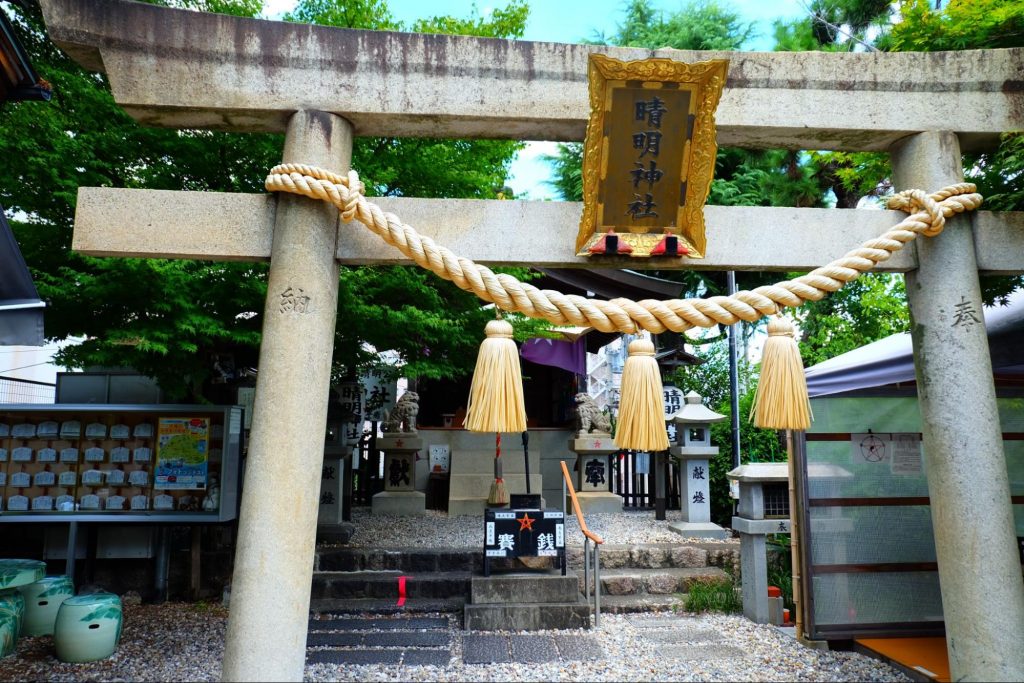
![[Ise city] Glamping Facility "Grand Ocean Ise Shima" where Ise Bay Spreads Out in Front of You](https://life-designs.jp/wp/wp-content/uploads/2020/12/fc25d89af250fffbf075ba9f5d860d6d-1024x683.jpg)
![[Ise] MARCI, A Lifestyle Store and Cafe that Adds Color to Your Daily Life](https://life-designs.jp/wp/wp-content/uploads/2020/06/image17-9-1024x683.jpg)
![[Ise city] Enjoy Hot Spring Glamping at "Luxury Trailers Rikyu Ise"](https://life-designs.jp/wp/wp-content/uploads/2022/10/FotoJet-2022-10-12T172031.527-1024x768.jpg)
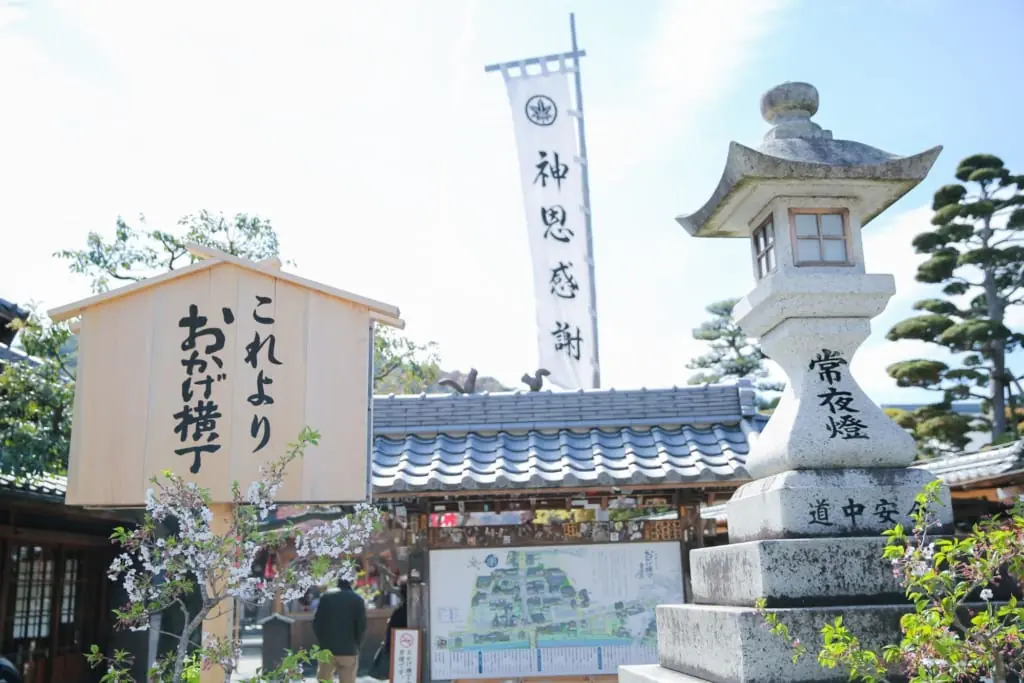
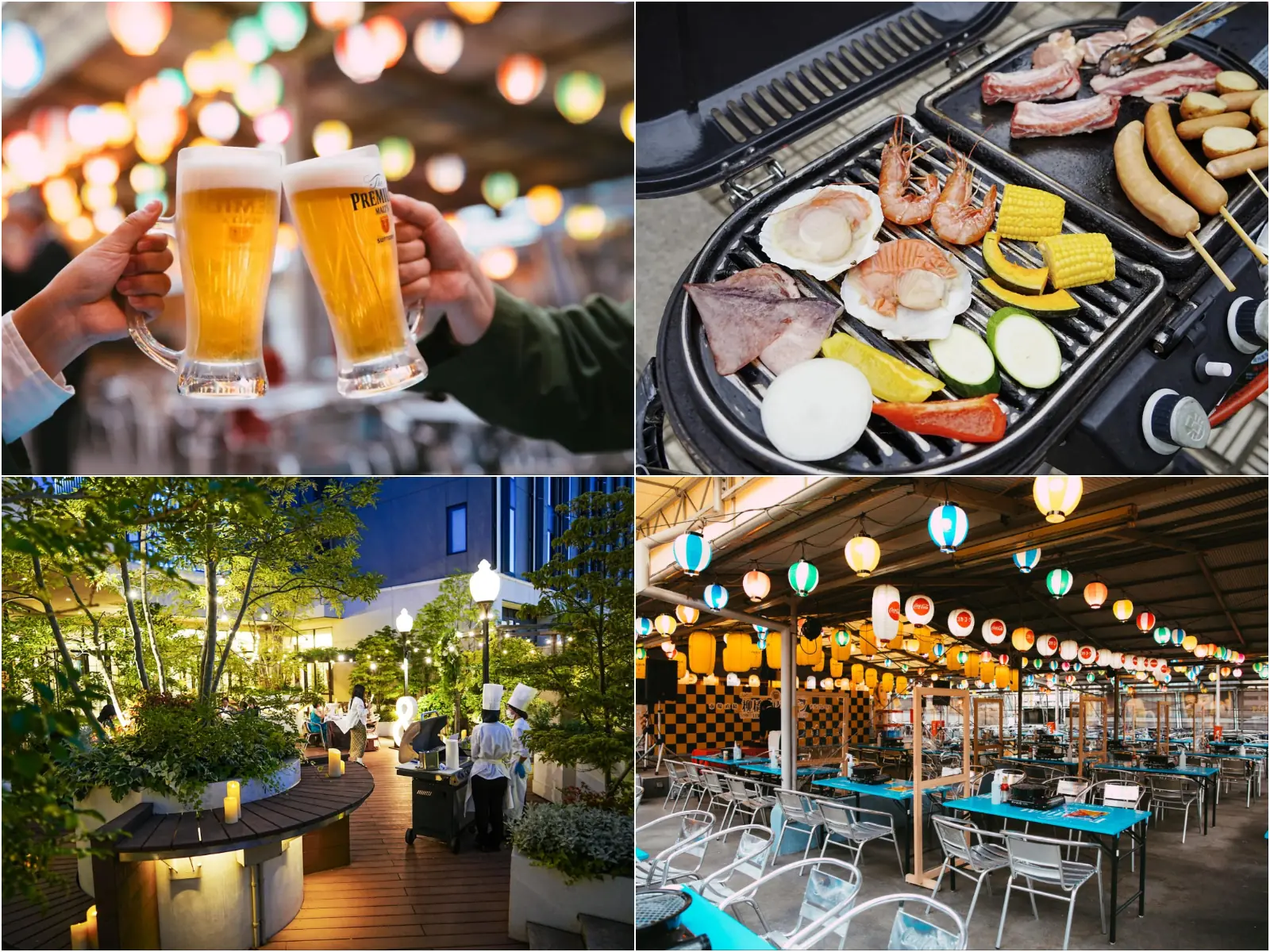
![[Indoor Facilities] Where to Go on Rainy Days in Tokai Area! For Family Outings!](https://life-designs.jp/wp/wp-content/uploads/2023/07/FotoJet-23.jpg)
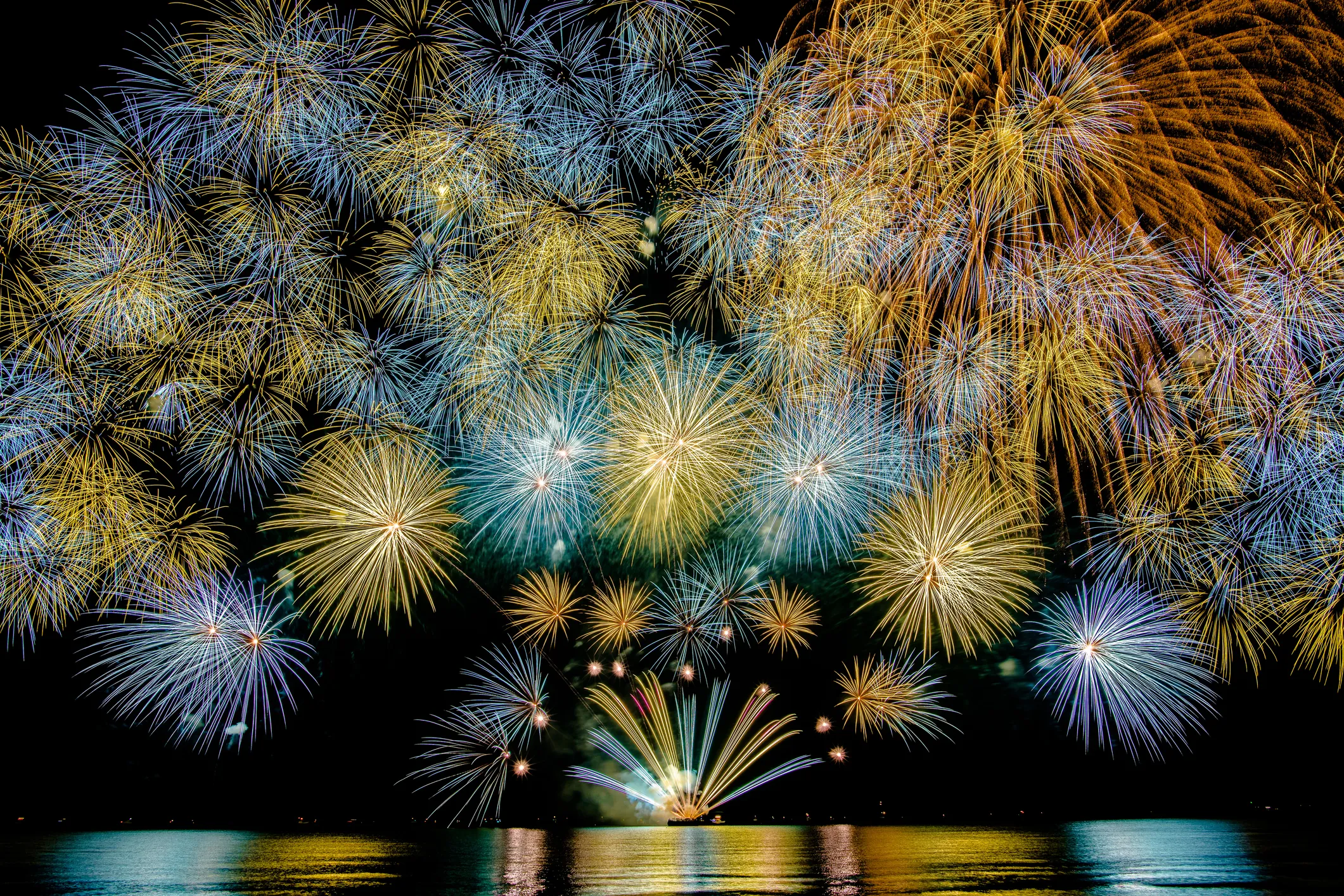
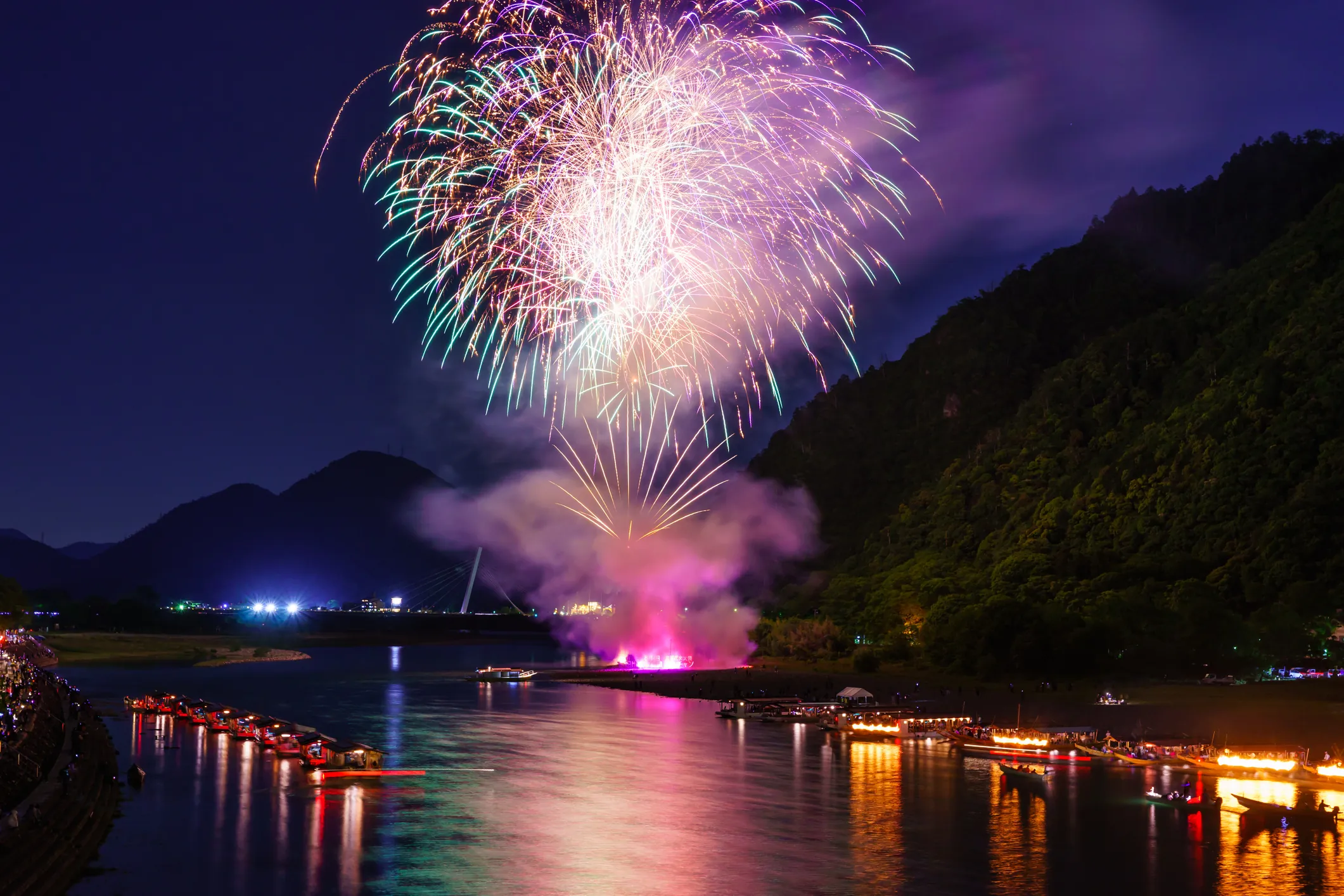

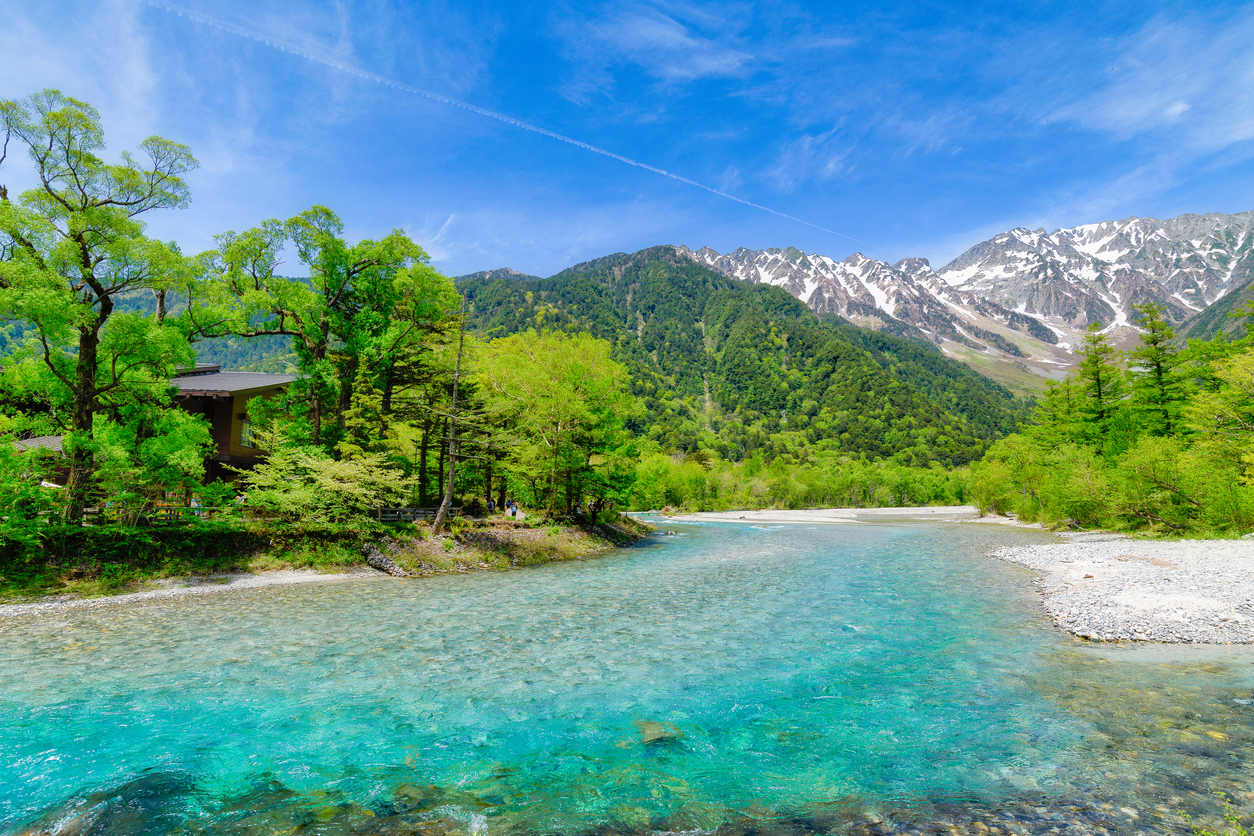
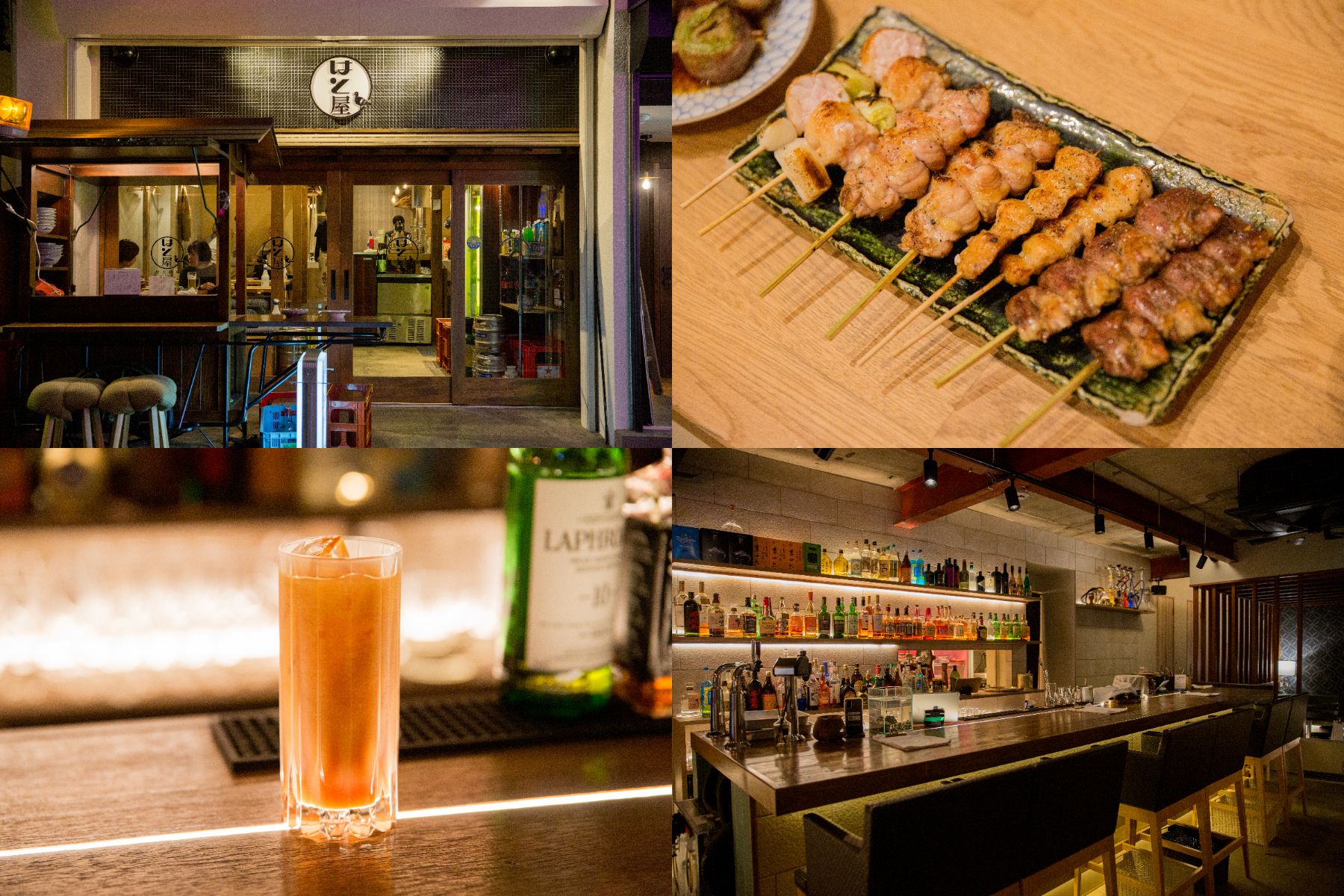
![[Tokai Area] Scenic Spots which You'll Never Forget](https://life-designs.jp/wp/wp-content/uploads/2019/12/LD_banner_w1920x1088_prospect-1-768x435.jpg)
![[Ghibli Park] Beginner's Guide](https://life-designs.jp/wp/wp-content/uploads/2023/07/ghiblipark_w1920h1088_20240422-768x435.png)
![[Special Feature] Enjoy Outdoor Activities!](https://life-designs.jp/wp/wp-content/uploads/2019/12/LD_banner_w1920x1088_outdoor-1-1024x580.jpg)
![[Tokai Area] Place to Go on Rainy Days!](https://life-designs.jp/wp/wp-content/uploads/2022/03/f76405aaa33944a4ba88a131fbc56523-1024x580.png)
![[Nagoya-meshi] Nagoya's Speciality Dishes](https://life-designs.jp/wp/wp-content/uploads/2022/06/5ba2ca8c038fd4af7527bc0826367cfb-1024x580.png)
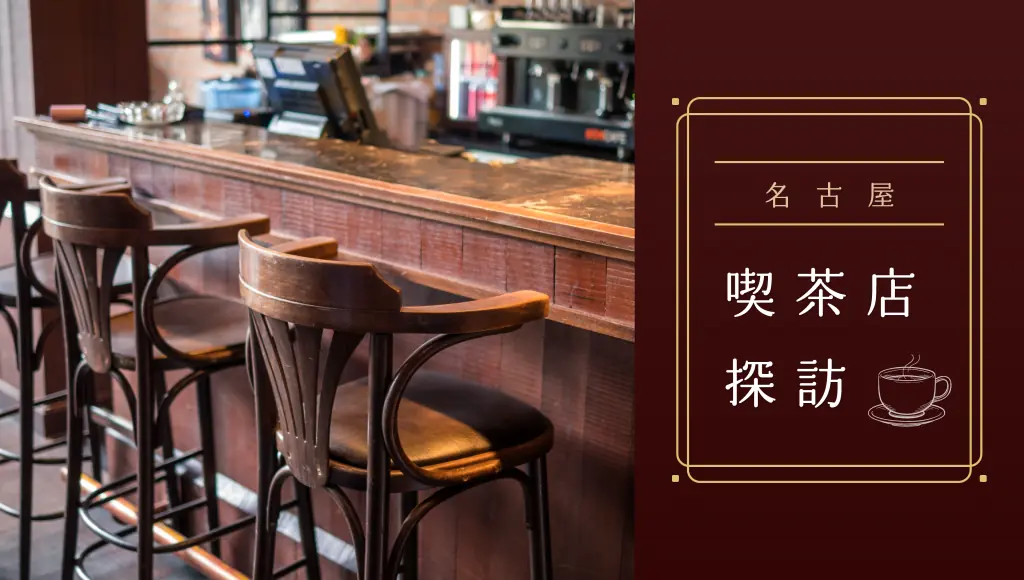
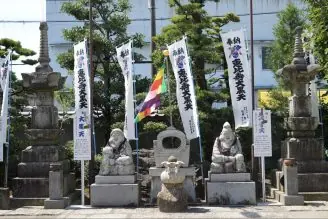

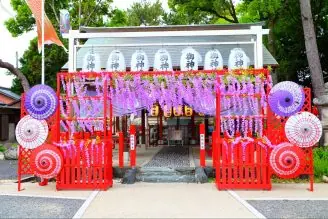
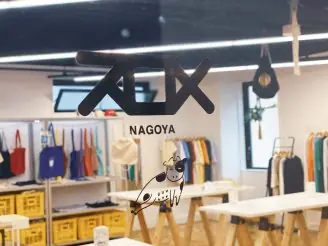
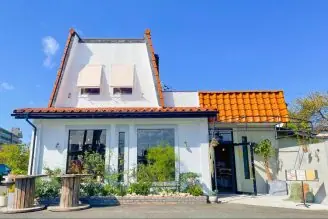
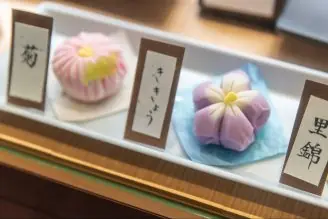
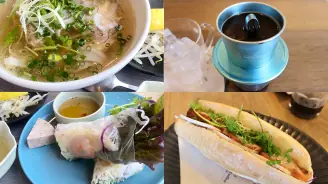
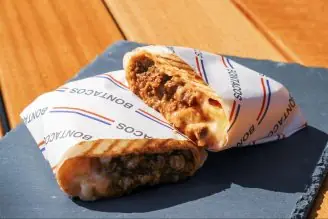


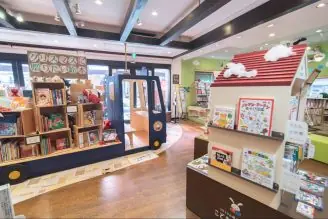

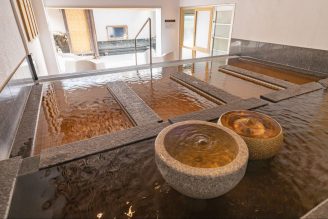
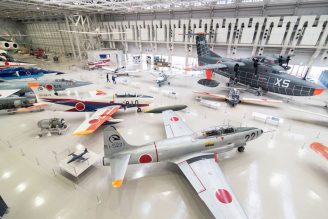
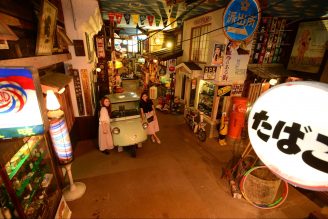
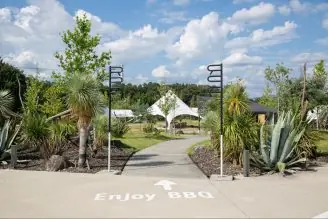
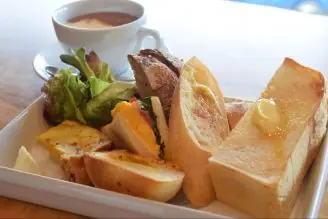
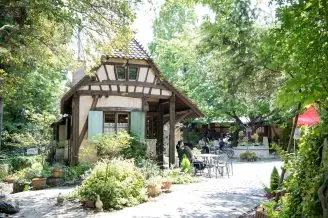
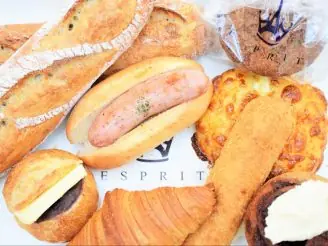
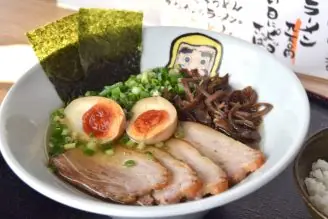
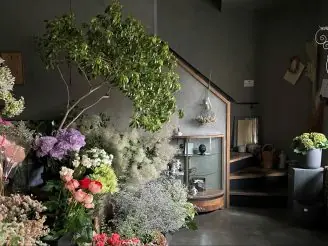
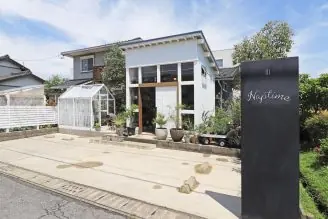
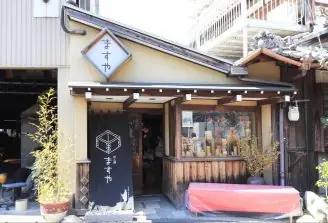
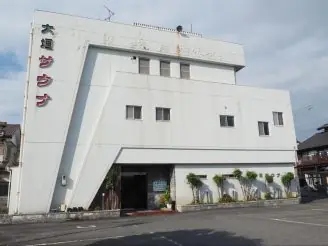
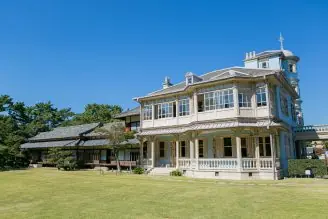
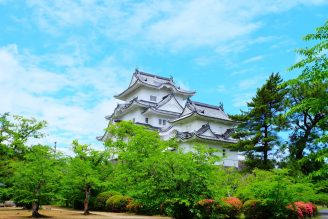

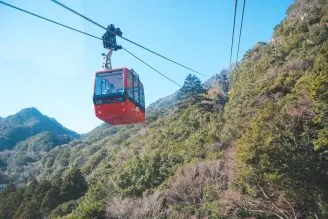
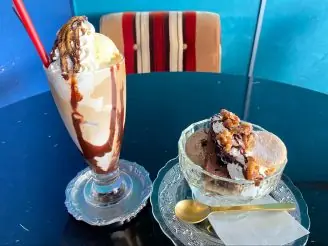
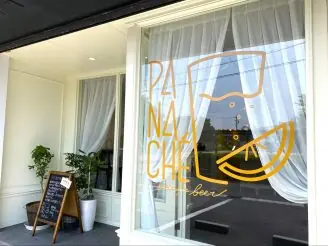
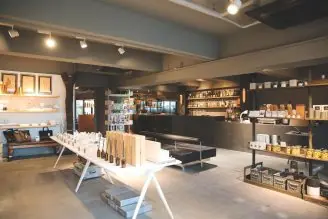

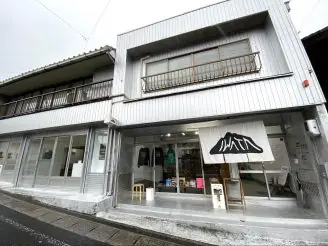
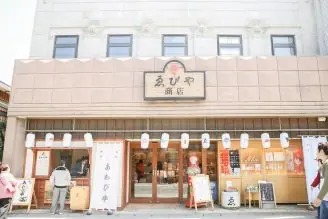

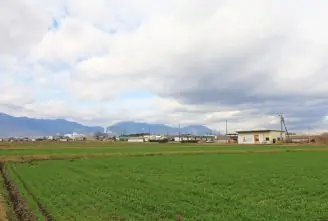
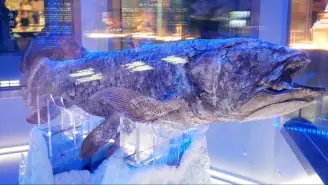
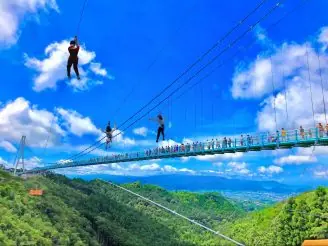
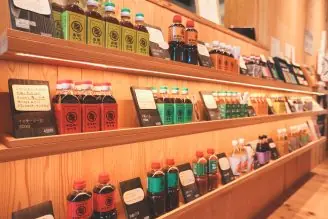
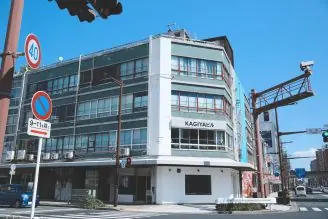
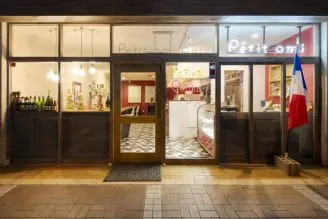
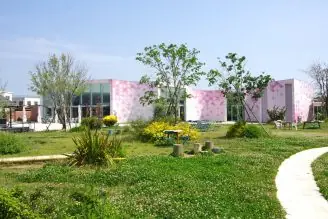

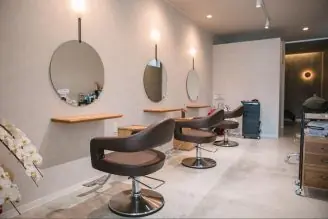
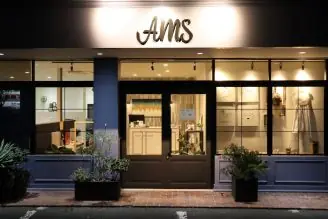
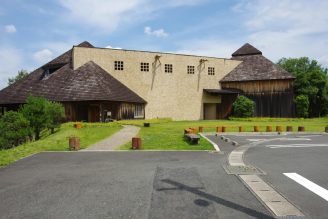
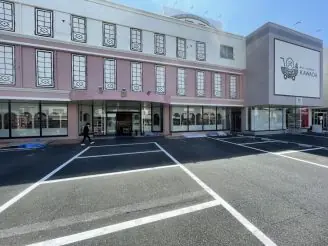
![[28 selections] I want to get it when I go to Ghibli Park! Recommended goods & souvenirs (Ghibli’s Grand Warehouse edition)](https://life-designs.jp/wp/wp-content/uploads/2023/07/07bb34f30842ccc4c6412fc060e1966c-1024x683.jpg)

![[20 Selections] Nagoya Souvenirs: Non-Sweet & Recommended Snacks Available at Nagoya Station](https://life-designs.jp/wp/wp-content/uploads/2025/07/image3-2-1024x683.jpg)
![[Within 2hrs by Car] 12 Outing Areas where You can Go on a Day Trip from Nagoya!](https://life-designs.jp/wp/wp-content/uploads/2023/07/odekake12_w1200h900_20240422-768x576.png)
![[Aichi, Gifu, Mie] 30 Family-Friendly Spots to Go in Winter!](https://life-designs.jp/wp/wp-content/uploads/2019/12/image21-1-150x106.png)
![[25 selections] Recommended furniture stores and interior shops around Aichi and Nagoya](https://life-designs.jp/wp/wp-content/uploads/2020/05/image11-10-150x100.jpg)
